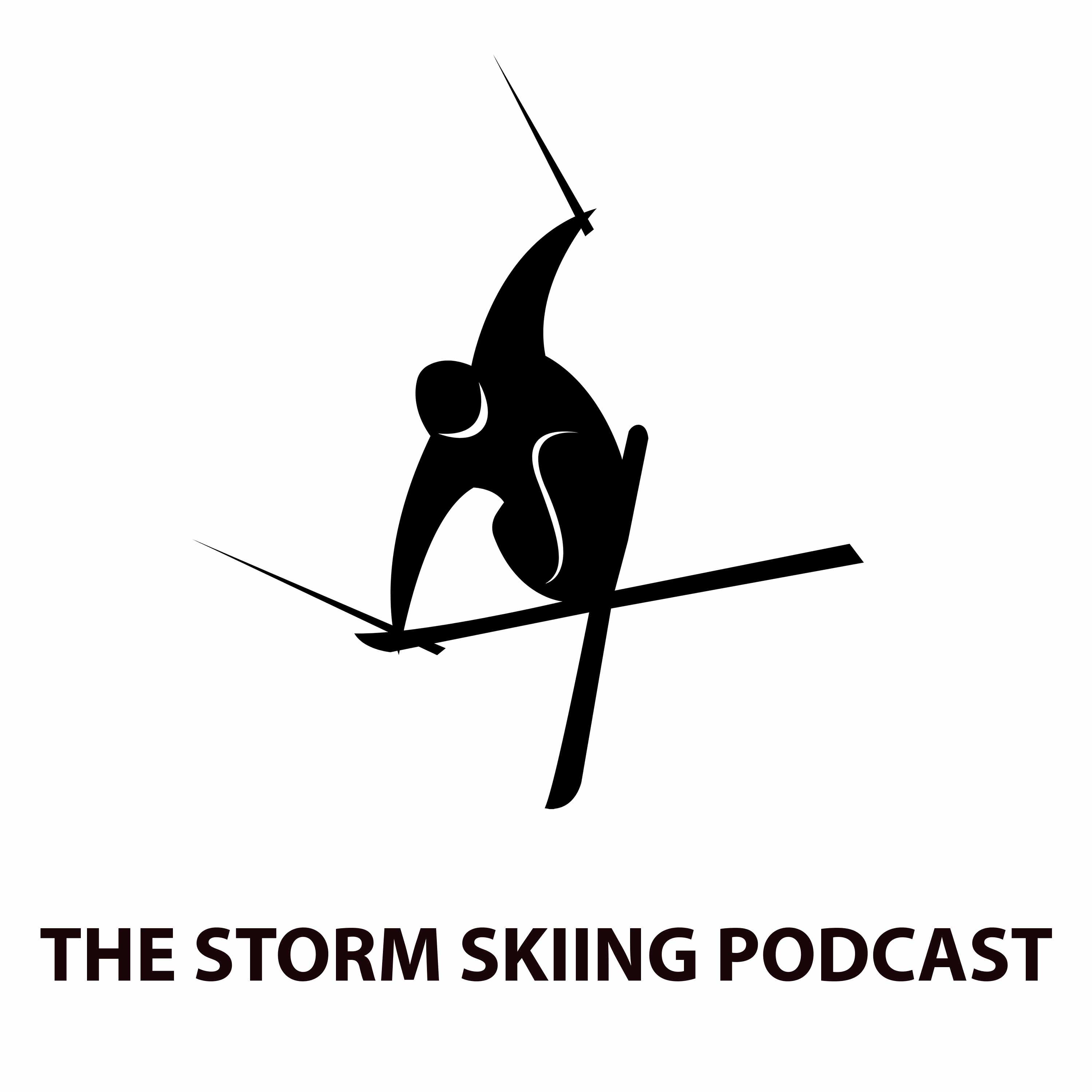Podcast #169: Panorama Mountain President & CEO Steve Paccagnan
Description
This podcast hit paid subscribers’ inboxes on April 16. It dropped for free subscribers on April 23. To receive future pods as soon as they’re live, and to support independent ski journalism, please consider an upgrade to a paid subscription. You can also subscribe to the free tier below:
Who
Steve Paccagnan, President and CEO of Panorama Mountain, British Columbia
Recorded on
March 27, 2024
About Panorama
Click here for a mountain stats overview
Owned by: Panorama Mountain Village, Inc., a group of local investors
Located in: Panorama, British Columbia, Canada
Year founded: 1962
Pass affiliations:
* Ikon Pass: 7 days, no blackouts
* Ikon Base Pass: 5 days, holiday blackouts
* Mountain Collective: 2 days, no blackouts
* Lake Louise Pass: view details here
Closest neighboring ski areas: Fairmont Hot Springs (:45), Kimberley (1:43), Kicking Horse (1:54) – travel times will vary considerably depending upon road conditions and time of year
Base elevation: 3,773 feet/1,150 meters
Summit elevation: 8,038 feet/2,450 meters
Vertical drop: 4,265 feet/1,300 meters
Skiable Acres: 2,975
Average annual snowfall: 204 inches/520 centimeters
Trail count: 135 (30% expert, 20% advanced, 35% intermediate, 15% beginner)
Lift count: 10 (1 eight-passenger pulse gondola, 2 high-speed quads, 2 fixed-grip quads, 1 triple, 1 double, 1 platter, 2 carpets – view Lift Blog’s inventory of Panorama’s lift fleet)
Why I interviewed him
U.S. America is making a mistake. In skiing, as in so many other arenas, we prioritize status quo protectionism over measured, holistic development that would reorient our built environments around humans, rather than cars, shrinking our overall impact while easing our access to the mountains and permitting more people to enjoy them. Our cluttered and interminable western approach roads, our mountain-town housing shortages, our liftlines backed up to Kansas are all the result of deliberate generational decisions to prioritize cars over transit, open space over dense walkable communities, and blanket wilderness protection over metered development of new public ski areas in regions where the established businesses - and their surrounding infrastructure - are overwhelmed.
I write about these things a lot. This pisses some of you off. I’m OK with that. I’m not here to recycle the broken ideas that have made U.S. skiing into the mess that (in some fundamental ways, in certain regions) it is. I’m here to figure out how it can be better. The skiing itself, mind you, tends to be fabulous. It is everything that surrounds the mountains that can spoil the experience: the cost, the hassle, the sprawl. There are better ways to do this, to get people to the mountains and to house them there, both to live and to vacation. We know this because other countries already do a lot of the things that we ought to be doing. And the most culturally similar and geographically cozy one is so close we can touch it.
U.S. America and U.S. Americans are ceding North American skiing’s future to British Columbia. This is where virtually all of the continent’s major resort development has occurred over the past three decades. Why do you suppose so many skiers from Washington State spend so much time at Whistler? Yes, it’s the largest resort in North America, with knockout terrain and lots of snow. But Crystal and Stevens Pass and Baker all get plenty of snow and are large enough to give most skiers just about anything they need. What Whistler has that none of them do is an expansive pedestrian base village with an almost infinite number of ski-in, ski-out beds and places to eat, drink, and shop. A dense community in the mountains. That’s worth driving four or more hours north for, even if you have to deal with the pain-in-the-ass border slowdowns to get there.
This is not an accident, and Whistler is not an outlier. Over the past 30-plus years, the province of British Columbia has deliberately shaped its regulatory environment and
More Episodes
Published 11/17/24
Published 11/12/24


